Should Artistic Ability and Aesthetic Sense be Criteria for Selecting Future Plastic Surgeons?
- Posted by Dr Sheftall
- on Aug, 06, 2012
- in Uncategorized
- Blog 3 Comments.
These were painted during the two month period that the augmentation (lowermost) was performed. Is there a connection between being able to draw and producing more aesthetically-pleasing cosmetic surgery?
There is a connection but it is not absolute.
If you agree with the last sentence, do you think artistic ability and aesthetic sense should be criteria for selecting plastic surgery residents? Obviously, they have not been in the past.
When a plastic surgeon looks at a less attractive face and the patient wants to be prettier, he or she must first decide what to do before figuring out how to do it.
Knowing what to do is both a more rare and a more important skill than knowing how to do it. For example, everyone who has finished plastic surgery residency knows how to lower the nipples on a breast lift; you simply narrow the medial and lateral flaps that are sewn together in the middle. This reduces the length of the scar between the nipple/areola complex and the infra-mammary fold; i.e. the height of the nipples. Yet we see over and over again, nipples which are placed too high on the breast mounds, giving a “bottomed out” appearance to the breasts. The less aesthetically sensitive know how to do it because they learned in residency but they don’t know what to do because they don’t possess the facility required to see that the nipples are too high in the first place. Similarly, if you don’t see that the patient’s forehead is too short relative to the rest of her face, knowing how to do a forehead lift won’t do you any good because you don’t know what you need to do to make her prettier.
“Dr. Picasso” will see you now…
Have you heard plastic surgeons claim that they are “world-renowned”, that they are “an artist”, or that they have this credential or that only to discover mediocrity or poor results in their before and after galleries, thus demonstrating that, in actual fact, they have very little aesthetic sense? Its hard to believe that someone is an artist if they can’t get the nipples in the right place on a breast lift or if some of their augmentations have a two inch gap between the breasts while others look fake because of “top-heavyness”; or worse yet, if it looks like the doctor sewed two soccer balls under the patient’s skin. Dr. Picasso may not like hearing this but its true.
In the post op view above, do you see how the upper pole of her right breast is slightly concave ? This is the way natural, unaugmented breasts look. Yet , almost all breast augmentation pictures I have seen on the internet have convex (outward-bulging) upper poles. Note also that her nipples point ever-so-slightly upward. Again, I almost never see this in the pictures i have seen on the internet. The upper poles of those breasts are too long, making the nipples point down; not an attractive or youthful look at all… Note also how the augmentation enhances her overall figure, as her fuller bust line makes her waist look smaller, thus accentuating her curves.
If I was in charge of a plastic surgery program, I would select residents who have a heightened aesthetic sense and at least some artistic ability. And I would have all my residents take drawing classes two nights a week during their residencies, regardless of how talented they were. This would not be with the goal of turning any of them into artists. It would be to force them to appreciate detail and to understand the relationships of facial features and the proportions of a beautiful human figure.
If you do not recognize that your patient is “high-waisted” and you miss the opportunity to correct it during a tummy tuck procedure, you have done them a disservice. (Of course, if you recognize the high waist but think it looks beautiful when, in reality, it looks awful, you are in even more serious trouble… That will be the subject of a forthcoming entry entitled: “What is Beauty?”.) Likewise, if you place the nipples too high on a breast lift and the patient “bottoms out” or if you leave the implants too high on a breast augmentation causing the nipples to point down, what have you accomplished? Yet I see this done all the time. The doctor may claim that his results are “natural” but in truth, there isn’t anything natural about them. His post-op breasts don’t look anything like real breasts. Looking at models and drawing them, even if rather badly, will force you to take note of the human body’s aesthetic relationships.
 You don’t have to be a gifted artist to be a good plastic surgeon. As a surgeon you clearly don’t have to render anything. You just have to have a good sense of proportions and a heightened aesthetic sense. How can you make a good tummy tuck if you don’t know where the narrowest point of the waist should be? And what’s with so many plastic surgeons leaving vertical scars after tummy tucks? It looks awful and displays gross incompetence for all the world to see. You should NEVER leave a vertical scar after a tummy tuck.
You don’t have to be a gifted artist to be a good plastic surgeon. As a surgeon you clearly don’t have to render anything. You just have to have a good sense of proportions and a heightened aesthetic sense. How can you make a good tummy tuck if you don’t know where the narrowest point of the waist should be? And what’s with so many plastic surgeons leaving vertical scars after tummy tucks? It looks awful and displays gross incompetence for all the world to see. You should NEVER leave a vertical scar after a tummy tuck.
Conversely, not all good artists would make good plastic surgeons. My mother was a very good amateur portrait artist but she wouldn’t have been a good plastic surgeon; (she fainted at the sight of blood). On the other hand, if I was able to show her a picture of a patient I was preparing to make more beautiful, she would have more sound ideas than the overwhelming majority of plastic surgeons working today. Some lucky people are born having this keen sense of proportions and aesthetic sense and some are not. Those who are not will always be at a disadvantage when it comes to things like plastic surgery but they can lessen the disadvantage by taking art classes and forcing themselves over and over to see… to see what is and what is not; and then, ultimately, to see what needs to be.
3 Responses so far.
Recent Posts
- Questions From Readers
- Simple in Theory, Complex in Execution
- What is Beautiful?
- Should Artistic Ability and Aesthetic Sense be Criteria for Selecting Future Plastic Surgeons?
- Welcome
Recent Comments
- luther on Should Artistic Ability and Aesthetic Sense be Criteria for Selecting Future Plastic Surgeons?
- Julius on What is Beautiful?
- Jamie on What is Beautiful?
- Lewis on Should Artistic Ability and Aesthetic Sense be Criteria for Selecting Future Plastic Surgeons?
- Tony on What is Beautiful?




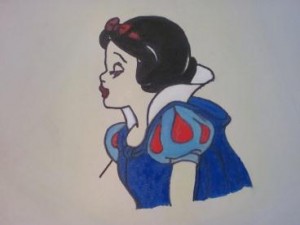
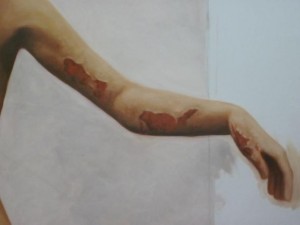
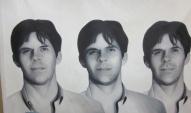

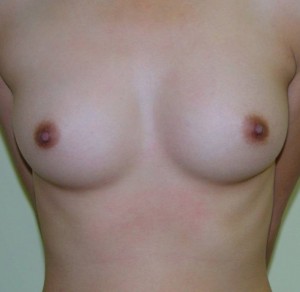
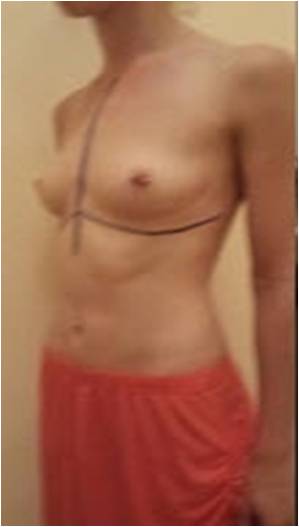

.…
thanks!…
.
thanks!!
.
thank you!!